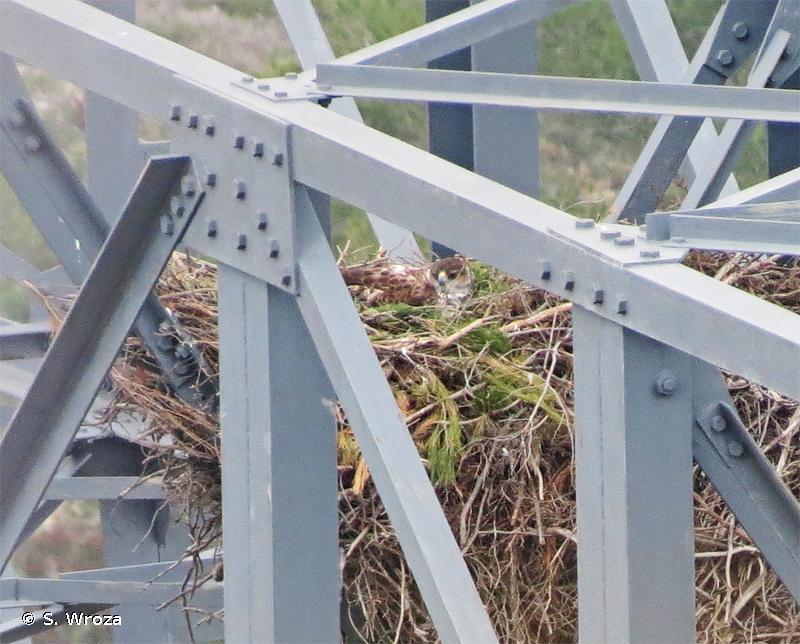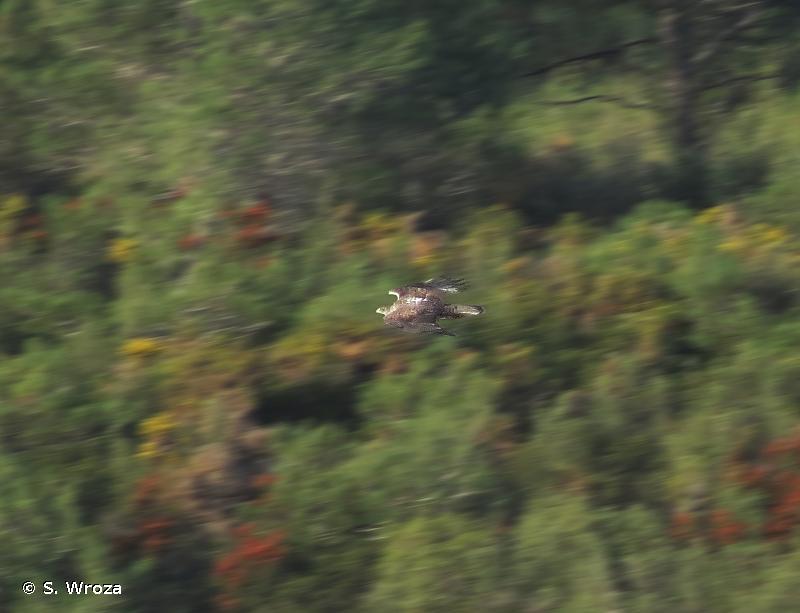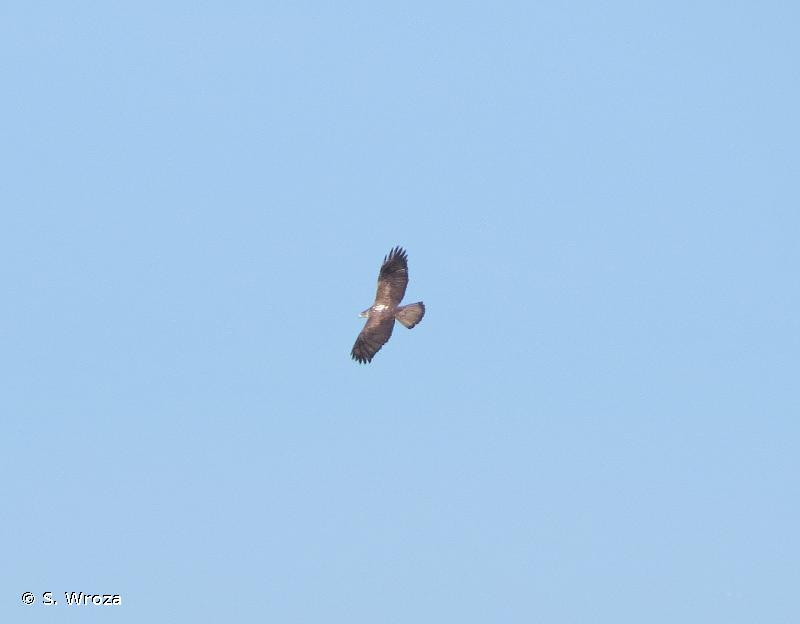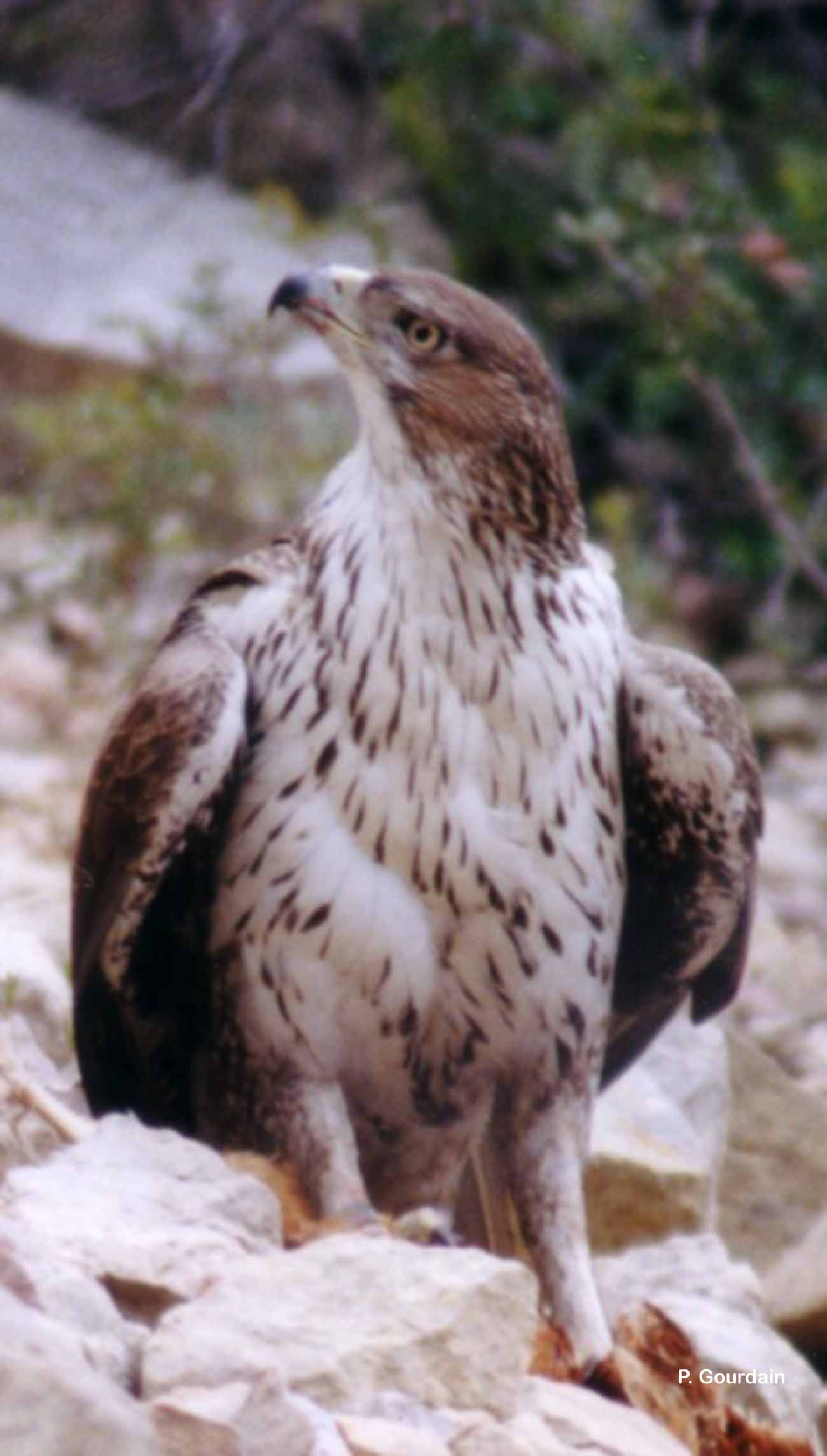
cd_nom

| Author : S. Wroza |
 |
Despite the Creative Commons license, please inform the author of the use which will be made of his photo

| Author : S. Wroza |
 |
Despite the Creative Commons license, please inform the author of the use which will be made of his photo

| Author : S. Wroza |
 |
Despite the Creative Commons license, please inform the author of the use which will be made of his photo

| Author : P. Gourdain |
 |
To get the picture, please visit:
Philippe GOURDAIN
Muséum national d'Histoire naturelle - Service du Patrimoine Naturel
36 rue Geoffroy Saint-Hilaire
CP 41
75 231 PARIS CEDEX 05
e-mail : inpn@mnhn.fr
Despite the Creative Commons license, please inform the author of the use which will be made of his photo

| Author : S. Wroza |
 |
To get the picture, please visit:
Wroza Stanislas
Muséum national d'Histoire naturelle - PatriNat
36 rue Geoffroy Saint-Hilaire CP 41
75 231 PARIS CEDEX 05
e-mail : s.wroza@hotmail.fr
Despite the Creative Commons license, please inform the author of the use which will be made of his photo

| Author : S. Wroza |
 |
To get the picture, please visit:
Wroza Stanislas
Muséum national d'Histoire naturelle - PatriNat
36 rue Geoffroy Saint-Hilaire CP 41
75 231 PARIS CEDEX 05
e-mail : s.wroza@hotmail.fr
Despite the Creative Commons license, please inform the author of the use which will be made of his photo

| Author : S. Wroza |
 |
To get the picture, please visit:
Wroza Stanislas
Muséum national d'Histoire naturelle - PatriNat
36 rue Geoffroy Saint-Hilaire CP 41
75 231 PARIS CEDEX 05
e-mail : s.wroza@hotmail.fr
Despite the Creative Commons license, please inform the author of the use which will be made of his photo

| Author : S. Wroza |
 |
To get the picture, please visit:
Wroza Stanislas
Muséum national d'Histoire naturelle - PatriNat
36 rue Geoffroy Saint-Hilaire CP 41
75 231 PARIS CEDEX 05
e-mail : s.wroza@hotmail.fr
Despite the Creative Commons license, please inform the author of the use which will be made of his photo

| Author : S. Wroza |
 |
To get the picture, please visit:
Wroza Stanislas
Muséum national d'Histoire naturelle - PatriNat
36 rue Geoffroy Saint-Hilaire CP 41
75 231 PARIS CEDEX 05
e-mail : s.wroza@hotmail.fr
Despite the Creative Commons license, please inform the author of the use which will be made of his photo

| Author : S. Wroza |
 |
To get the picture, please visit:
Wroza Stanislas
Muséum national d'Histoire naturelle - PatriNat
36 rue Geoffroy Saint-Hilaire CP 41
75 231 PARIS CEDEX 05
e-mail : s.wroza@hotmail.fr
Despite the Creative Commons license, please inform the author of the use which will be made of his photo
Longueur 65-72 cm, envergure 150-180 cm, poids 1,6-2,5 kg.
Il habite les garrigues et maquis méditerranéens, nichant sur de hauts escarpements rocheux parfois éloignés de ses zones de chasse. En dehors de la saison de reproduction, il fréquente également les zones humides.
L'espèce se nourrit d'oiseaux et de mammifères de taille moyenne, parfois aussi de reptiles. Les lapins et perdrix sont ses proies favorites.
L'Aigle de Bonelli vit seul ou en couple. Après la saison de nidification, il fréquente le même territoire mais l'élargit. Son rayon d'action autour de l'aire atteint 50 km. Les couples, qui chassent parfois ensemble et partagent les proies, sont probablement liés à vie, leur association se déroulant tout au long de l'année. Ils sont très territoriaux mais tolèrent des individus immatures, peut-être ceux provenant de nichées antérieures. Ils pratiquent également à deux un vol élevé au-dessus du territoire, plus rapide que celui des autres aigles ou des buses.
L'aire, construite sur une corniche ou parfois sur un arbre, peut atteindre 1,80 m de diamètre et plus de 1 mètre de haut pour celles qui sont réutilisées. Elle est faite d'une structure puissante de branchages mesurant jusqu'à 1 m de long pour 3 cm de diamètre, tapissés de jeunes rameaux. La ponte de 2 œufs (rarement 1 ou 3) est déposée à partir de fin janvier. L'incubation dure 37-40 jours et l'envol a lieu à l'âge de 2 mois.
L. Spanneut(Ecosphère, (UMS 2006 PatriNat)),2008
Continental
Metropolitan France
Overseas
Marine
Metropolitan France
Overseas
The map presents a summary at the 10 x 10 km grid of the observation data for the species transmitted to the SINP. These data have been subjected to validation filters.
The map presents a reference distribution layer of the species at the scale of departments and marine sectors. The presence and absence data were established by expertise within a network of partners. This reference distribution is used in the validation process of the SINP data at the INPN level.
Corresponds to a report on the basis of at least one observation proved within a period of 10 years (20 years for little-known invertebrates) preceding the year and no presumption of extinction since obtaining the last data nor doubt on reproductive and implemented nature of this population. For migratory species, the presence indicated concerns areas of reproduction.
This status is based on one or more of the following criteria:
This point covers the absence, more difficult by nature to demonstrate than presence. This status is based on one or more of the following criteria:
This status must be assigned to a department in which the presence of the species is casual.
Particular case of absence due to a proven extinction less than a half century ago (older disappearances are treated as "no probable or definite").
In the state of knowledge, we can not comment on the presence or absence in the current department. This is the default status when not comprised in one of the previous categories or whenever there is doubt.
The map shows the global distribution of the species based on GBIF data (Global Biodiversity Information Facility).
